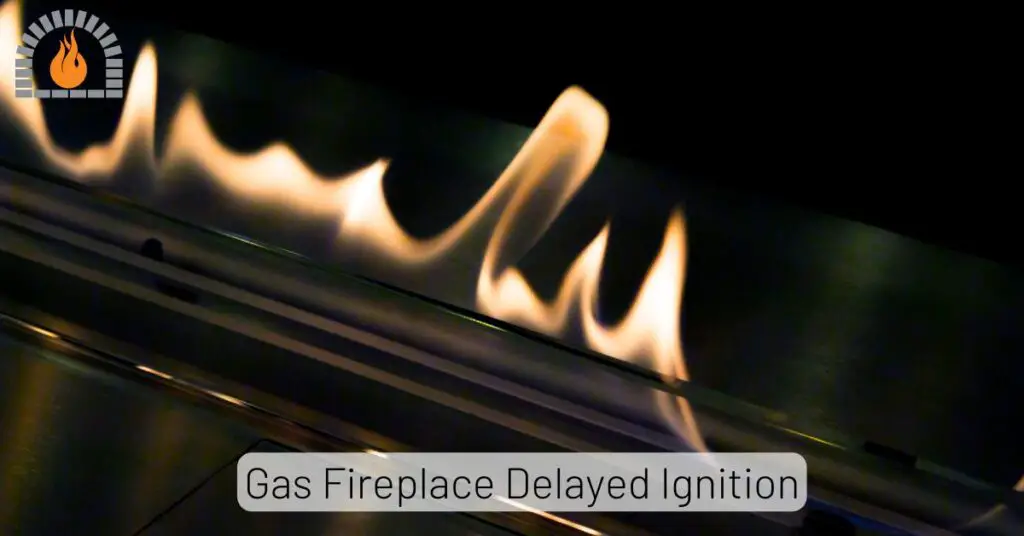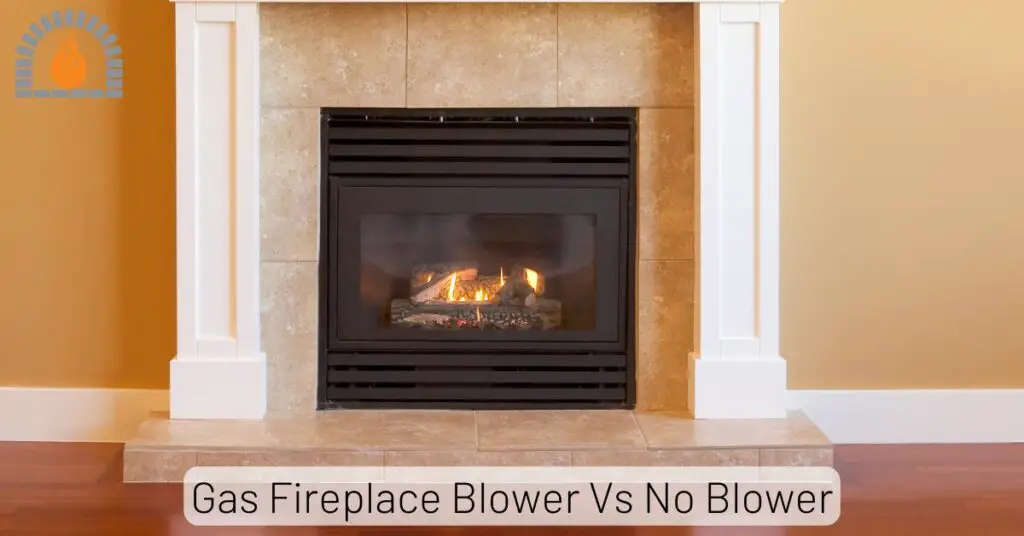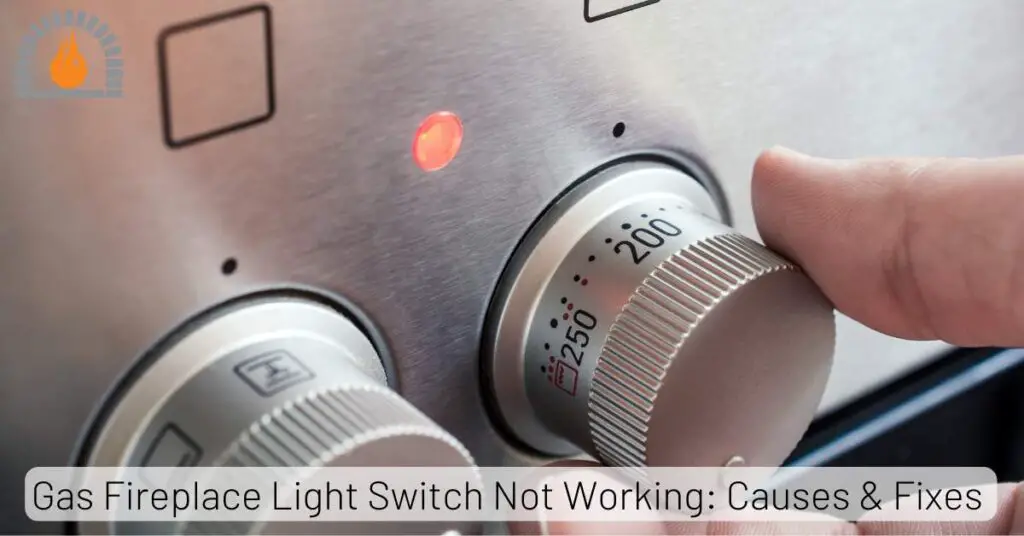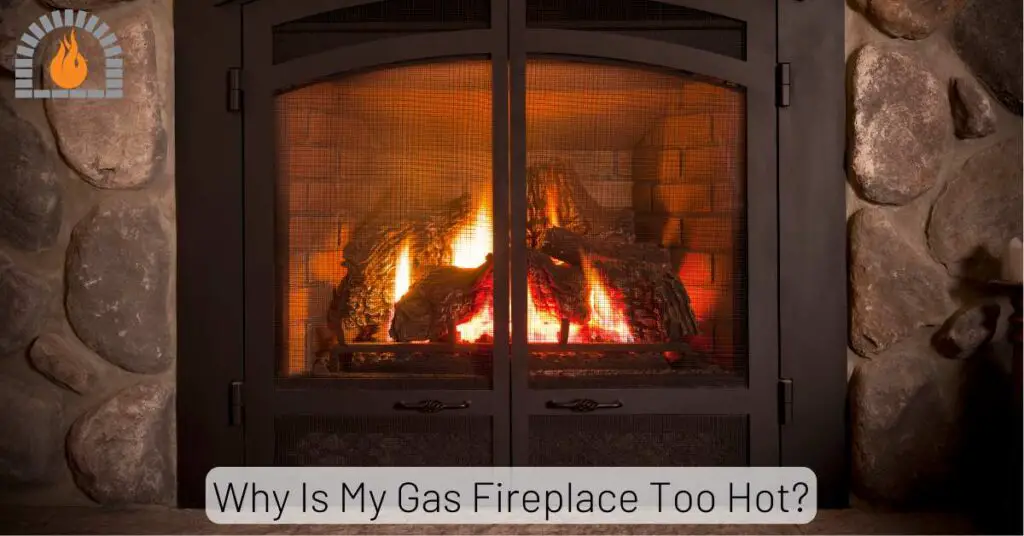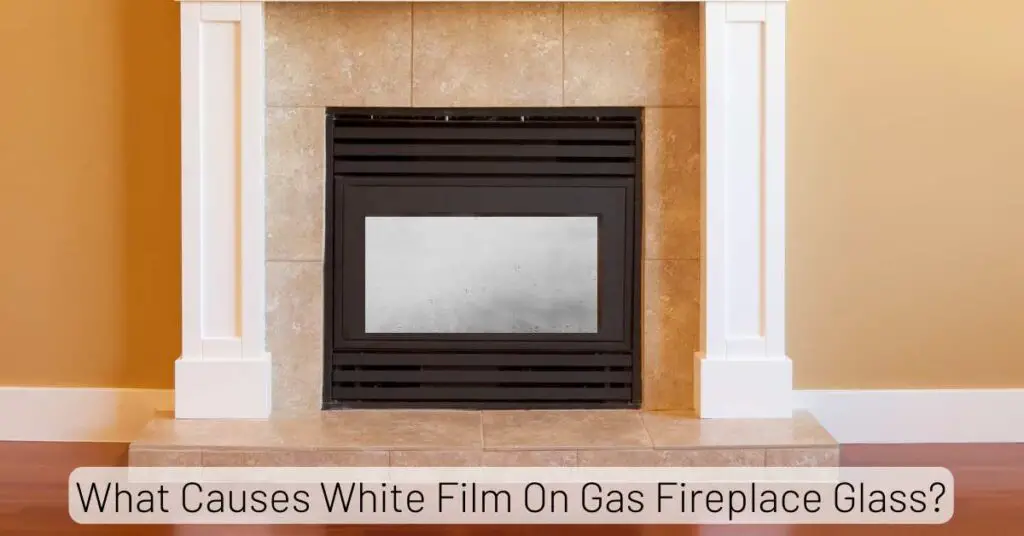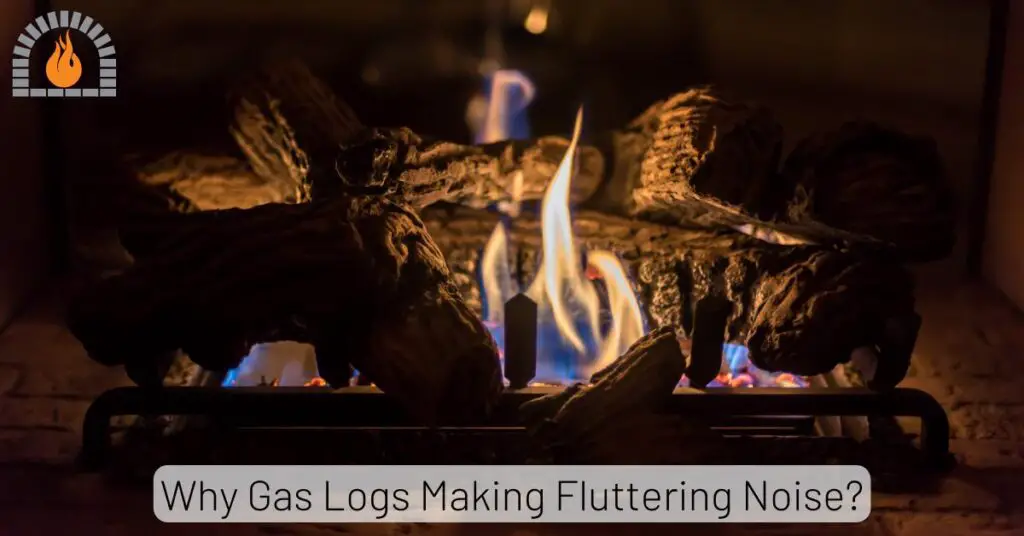Gas fireplaces have become a staple in modern homes, offering warmth, style, and convenience without the hassle of chopping wood or cleaning ash. But when choosing a gas fireplace, one of the most critical decisions you’ll face is selecting the right venting system. The two most common options are direct vent and B-vent gas fireplaces. Both serve the same core purpose—bringing cozy warmth into your living space—but they function differently, come with unique pros and cons, and impact your home’s energy efficiency and safety in significant ways.
Understanding how these two systems differ is essential before making an investment. Some homeowners prioritize efficiency, while others care more about ambiance or cost. By diving deep into each type, comparing features, installation needs, and overall performance, you’ll be better equipped to answer the big question: Which one is right for your home?
What is a Direct Vent Gas Fireplace & How Does It Work?
Direct vent fireplaces are designed with a sealed combustion chamber that draws fresh air from outside the home, uses it for combustion, and then expels the exhaust back outside through a two-pipe system (sometimes combined into a single concentric pipe).
This setup means the fireplace never uses the air inside your home to feed the flame. Instead, everything is self-contained and managed through the vent system. This makes direct vent fireplaces safer and more efficient since there’s no risk of back-drafting dangerous gases like carbon monoxide into your living space.
One of the most notable features is the flexibility in venting. Unlike B-vent systems that require a vertical vent through the roof, direct vent fireplaces can be installed with horizontal vents that exit through a side wall. This makes them ideal for basements, apartments, or rooms without a chimney.
Because of this self-contained design, direct vent fireplaces are also approved for installation in tighter, energy-efficient homes where air leakage must be minimized.
Key Features and Design Elements
Direct vent fireplaces often come with sleek, modern designs that appeal to homeowners who want both style and performance. Some common features include:
- Sealed glass front: Prevents indoor air from escaping and ensures maximum safety.
- Decorative options: From traditional log sets to contemporary glass beads or stones.
- Variable flame control: Lets you adjust flame height and heat output.
- Remote and smart controls: Many units integrate with apps or voice assistants.
- High efficiency ratings: Often exceeding 70–80% efficiency.
Design-wise, direct vent fireplaces can be built-in, wall-mounted, or freestanding, making them highly versatile for different home layouts.
Advantages of Direct Vent Gas Fireplaces
The popularity of direct vent fireplaces comes from a long list of benefits, including:
- Energy efficiency: Retain more heat inside your home.
- Safety: No risk of back-drafting fumes indoors.
- Flexibility: Can be vented through walls or ceilings.
- Better for air quality: Doesn’t use indoor air for combustion.
- Eco-friendly: Produces fewer emissions compared to B-vent.
These advantages make direct vent fireplaces especially appealing for newer homes built with tight insulation and energy codes.
Potential Drawbacks and Limitations
Despite their many benefits, direct vent fireplaces aren’t perfect. Some potential downsides include:
- Higher upfront cost: Both the unit and installation are more expensive than B-vent models.
- Glass maintenance: The sealed front glass can get cloudy and needs regular cleaning.
- Heat output limitations: Some models prioritize efficiency over maximum heat, which may not suit large open areas.
- Less “open flame” look: For those who love the traditional open-fireplace ambiance, direct vent flames may appear less natural.
Still, for many homeowners, the safety and efficiency benefits outweigh these limitations.
What is a B-Vent Gas Fireplace & How Does it Work?
B-vent, also known as natural vent, works differently from direct vent systems. Instead of a sealed combustion chamber, B-vent fireplaces draw air from inside your home to fuel the flame. The combustion gases are then released through a vertical vent pipe that runs upward through the roof.
This setup relies on the principle of natural draft—hot air rises—so the exhaust is carried away without mechanical assistance. While simple and effective, it does mean that some of the warm air from your home is also drawn up and out of the vent along with the combustion gases.
B-vent fireplaces are often considered more traditional in design and operation, closely mimicking the feel of a wood-burning fireplace.
Features and Design Characteristics
B-vent fireplaces are often chosen for their classic fireplace appeal. Unlike direct vent models that have a sealed glass front, B-vent fireplaces can be open-fronted, allowing homeowners to hear the crackle and see the flame up close. This creates a more traditional and inviting atmosphere, which is a big draw for those who value ambiance over efficiency.
Some of the key design features of B-vent fireplaces include:
- Open flame design: Mimics the look of a wood-burning fireplace.
- Vertical venting: Requires a pipe that runs through the roof.
- Decorative flexibility: Often designed with logs, ember beds, or classic surrounds.
- Larger flame appearance: The flame often looks fuller and more natural than in some direct vent models.
Because they aren’t sealed, B-vent fireplaces do not trap as much heat inside the home. However, they provide a unique experience that many homeowners find nostalgic and emotionally comforting.
Benefits of B-Vent Gas Fireplaces
While B-vent systems aren’t the most efficient, they do offer several benefits that make them appealing:
- Lower upfront cost – B-vent fireplaces are generally less expensive to purchase and install compared to direct vent units.
- Traditional ambiance – The open flame design creates a warm, inviting atmosphere that feels more like a true fireplace.
- Simplicity – Fewer mechanical parts mean fewer potential issues down the road.
- Design flexibility – They can often be styled with more traditional mantels and finishes, fitting well in classic homes.
For homeowners who care more about aesthetics and atmosphere than maximum efficiency, a B-vent fireplace can be the perfect choice.
Disadvantages and Challenges
Of course, B-vent fireplaces come with their fair share of drawbacks. Some of the most common include:
- Lower efficiency – Because they use indoor air for combustion, a significant amount of heat escapes through the vent.
- Heat loss – Instead of heating the room, B-vent fireplaces can sometimes make it feel cooler as warm indoor air is pulled out.
- Limited installation options – The vertical venting requirement means they can’t be installed in basements or rooms without roof access.
- Air quality concerns – Since they use room air, they can contribute to drafts and affect indoor air circulation.
For these reasons, many new builds favor direct vent systems, while B-vent fireplaces are more commonly found in older homes or retrofits where homeowners want a classic look.
Direct Vent vs. B-Vent Gas Fireplace
1) Heat Output and Energy Efficiency
When comparing direct vent and B-vent fireplaces, one of the biggest factors to consider is efficiency.
- Direct vent fireplaces are designed with efficiency in mind. By using outside air for combustion and sealing the chamber, they retain far more heat inside the home. Many models boast efficiency ratings between 70–80%, meaning most of the energy is converted into usable heat.
- B-vent fireplaces, on the other hand, often fall below 50% efficiency. This means that much of the heat generated by the flames goes straight up the vent and out of your home. In some cases, you may even notice that the room feels cooler while the fireplace is running because warm indoor air is being pulled upward.
For homeowners focused on lowering energy bills and keeping spaces warm, direct vent is the clear winner. However, if efficiency isn’t the priority and ambiance is, B-vent may still appeal.
2) Cost-Effectiveness Over Time
When calculating the true cost of a fireplace, it’s not just about the initial purchase and installation. You also need to think about how much it will cost to operate over the years.
- A direct vent fireplace may cost more upfront, but it pays for itself over time through reduced heating costs. Because it keeps more heat indoors, you’ll likely rely less on your central heating system during cold months.
- A B-vent fireplace is cheaper to install initially, but the long-term operational costs are higher. The heat loss means your central heating system may have to work harder, raising your utility bills.
In other words, if you plan to stay in your home long-term, a direct vent fireplace often provides better return on investment. If you’re looking for a short-term solution, a B-vent may still make sense.
3) Environmental Considerations
Efficiency also plays into environmental impact. The less efficient a fireplace is, the more fuel it burns to produce heat, which increases carbon emissions.
- Direct vent fireplaces are generally considered more eco-friendly since they burn cleaner, use outside air, and release fewer emissions. Some models are even certified as low-emission heating appliances, making them a greener choice.
- B-vent fireplaces may not be the best choice if you’re concerned about your home’s carbon footprint. Because they use more fuel for less heat, they aren’t as sustainable in the long run.
If reducing environmental impact is a priority, the direct vent system is the more responsible option.
Installation Requirements and Costs
Direct Vent Installation Process
Installing a direct vent fireplace can be more complex, but it also offers more flexibility. Because the venting system can go horizontally through a wall or vertically through a roof, you can install a direct vent fireplace in rooms that don’t have a chimney.
The process typically involves:
- Choosing a suitable location.
- Installing the firebox with a sealed glass front.
- Running the venting pipe through an exterior wall or ceiling.
- Connecting the gas line.
- Adding finishing touches like mantels, stonework, or wall mounting.
Direct vent installations usually cost more due to the complexity and materials required. However, this also makes them an excellent choice for modern homes that don’t have traditional chimney structures.
B-Vent Installation Process
B-vent fireplaces require a vertical vent system that goes through the roof. This makes them less flexible in terms of placement since you’ll need a direct vertical path for the vent pipe.
The process includes:
- Positioning the fireplace near a wall where vertical venting is possible.
- Running a B-vent pipe straight up through the ceiling and roof.
- Ensuring proper clearance to avoid fire hazards.
- Connecting the unit to the home’s gas supply.
Because the venting requirements are simpler (just one pipe straight up), B-vent installation often costs less than direct vent. However, this cost advantage can be offset by the lower efficiency of the unit over time.
| Feature | Direct Vent | B-Vent |
|---|---|---|
| Unit Price | Higher | Lower |
| Installation Cost | Higher | Lower |
| Flexibility in Placement | High (wall or roof venting) | Low (must vent vertically) |
| Efficiency | 70–80% | 40–50% |
| Operational Cost | Lower over time | Higher over time |
| Best For | Long-term homeowners, efficiency seekers | Short-term use, ambiance lovers |
So, while B-vent fireplaces are less expensive initially, direct vent systems typically save money in the long run due to lower heating costs.
Safety Considerations
Direct Vent Safety Features
Direct vent fireplaces are designed with safety as a top priority. The sealed glass front prevents any combustion gases, sparks, or fumes from entering your home. Because they use outside air for combustion, there’s no risk of oxygen depletion indoors.
Other safety benefits include:
- No backdraft risk – Gases are expelled directly outside.
- Cooler external surfaces – Many models are built to keep outer surfaces at safer temperatures.
- Built-in sensors – Some units have automatic shutoff systems if venting is blocked.
This makes direct vent fireplaces particularly safe for families with kids or pets, or for anyone concerned about indoor air quality.
B-Vent Safety Concerns
While B-vent fireplaces aren’t unsafe, they do carry a few risks that homeowners should be aware of:
- Backdrafting – Because they rely on natural draft, changes in air pressure inside the home (like from exhaust fans or open windows) can cause gases to re-enter the room.
- Oxygen use – Since they pull air from the room, they can slightly reduce oxygen levels indoors.
- Hot surfaces – The open design means direct exposure to flames, making them riskier for children or pets.
These safety concerns don’t necessarily make B-vent fireplaces dangerous, but they do require careful installation and regular maintenance to ensure proper operation.
Maintenance and Lifespan
Maintaining Direct Vent Fireplaces
Direct vent fireplaces are relatively low maintenance, but they do require some attention to keep working efficiently. Common maintenance tasks include:
- Cleaning the glass front regularly to prevent cloudiness.
- Checking the venting system for blockages.
- Inspecting and servicing the unit annually to ensure safe operation.
With proper care, direct vent fireplaces can last 20 years or more, making them a durable, long-term investment.
Maintaining B-Vent Fireplaces
B-vent fireplaces typically require more frequent checks due to their reliance on natural draft. Maintenance tasks include:
- Inspecting the vent pipe to make sure it’s clear and properly sealed.
- Checking for backdraft issues.
- Cleaning the burner and interior surfaces.
Because B-vent fireplaces are more prone to heat loss and wear, their lifespan may be shorter than direct vent models. However, with consistent upkeep, they can still provide many years of reliable service.
Choosing the Right Fireplace for Your Home
When deciding between direct vent and B-vent, think about the following:
- Efficiency vs. ambiance – Do you want maximum heat or the most authentic fire experience?
- Budget – Can you afford higher upfront costs for long-term savings, or is a lower initial investment more important?
- Installation location – Do you have roof access for a vertical vent, or do you need horizontal venting options?
- Home type – Is your home tightly sealed (favoring direct vent) or more traditional in design (where B-vent may suit better)?
- Safety needs – Do you have small children, pets, or health concerns that make a sealed combustion system preferable?
Who Should Choose Direct Vent Gas Fireplace?
- Homeowners in modern, energy-efficient houses.
- Those looking for long-term heating savings.
- Families prioritizing safety and indoor air quality.
- Anyone who values flexibility in installation.
Who Should Choose B-Vent Gas Fireplace?
- Homeowners who want a traditional fireplace look and feel.
- Those renovating an older home where vertical venting is easier.
- People who prioritize ambiance over efficiency.
- Anyone seeking a lower-cost fireplace solution upfront.
You May Also Like To Read:
Final Thoughts
Both direct vent and B-vent fireplaces have their place in the world of home heating and design. If you’re looking for efficiency, safety, and long-term savings, direct vent is the way to go. But if you’re more concerned with creating a classic fireplace experience with larger, more natural-looking flames, a B-vent fireplace may be the better fit.
At the end of the day, the right choice depends on your home’s layout, your budget, and your lifestyle preferences. Whichever option you choose, a gas fireplace can bring warmth, comfort, and style into your home for years to come.
FAQs
Can I install a B-vent fireplace in my basement?
No, B-vent fireplaces require a vertical vent that exits through the roof, so basements without direct vertical access aren’t suitable.
Do direct vent fireplaces still work during a power outage?
Yes, many models have battery backup systems for ignition, allowing them to function even
Which fireplace is cheaper to maintain long-term?
Direct vent fireplaces generally cost less to maintain since they are sealed systems with fewer air-quality concerns.
Can I convert a B-vent fireplace into a direct vent system?
In most cases, no. The venting requirements and combustion designs are too different for a simple conversion.
Do gas fireplaces add value to a home?
Yes, both direct vent and B-vent fireplaces can increase resale value, but direct vent fireplaces often appeal more to modern buyers due to efficiency and safety.
Affiliate Disclosure: Fireplaceadviser.com is a participant in the Amazon Services LLC Associates Program. We may earn a commission when you click on certain links on this site and purchase.

Hello!! I am Jamal Khan. I often fix my home electric heaters and gas stove problems and research the common issues in the heating units to improve my knowledge and expertise. The aim of establishing fireplaceadviser.com is to share my expertise and knowledge with my audience.







